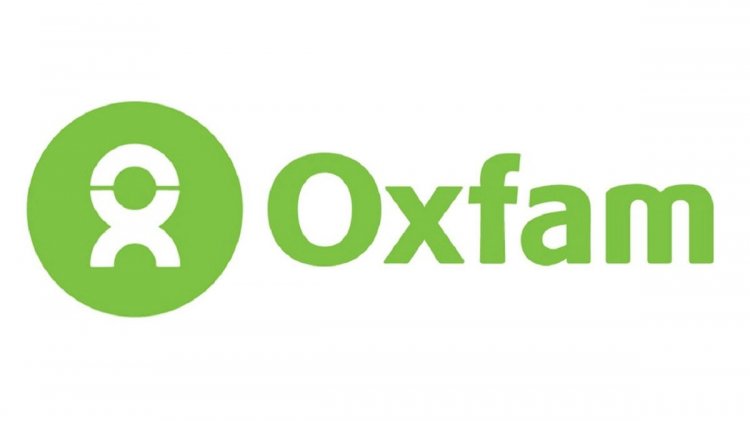Oxfam Inequality Report: Taxing the ‘Obscenely’ Wealthy
STORIES, ANALYSES, EXPERT VIEWS

The Oxfam ‘Survival of the Richest’ report corroborates the fact that the Covid exaggerated inequality and uneven income growth.
Concentration of wealth: As per the report, there are now 166 billionaires in India, up from 106 in 2020. It is estimated that wealth is concentrated among the top deciles, with the top 30 per cent accounting for 90 per cent of the wealth. This compares with the global number, where the richest 1 per cent are estimated to have captured almost two-thirds of new wealth.
Suggestions for an equalising wealth tax
The report therefore, argues for an equalising wealth tax — a recommendation that the UN has long deliberated. Oxfam argues that there be a wealth tax, a tax on unrealised capital gains and higher taxes on corporates. It also argues that indirect taxes are regressive.
The pursuit of such reforms, writes Suranjali Tandon (assistant professor, NIPFP) “requires a nuanced understanding of the existing taxes. That is, tax on incomes, capital gains and wealth are interrelated and the changes cannot be recommended in isolation. If the income tax is significantly high and capital gains are implemented, the wealth tax would have to be calibrated accordingly. Further, the mix of taxes that a country raises is a function of its institutional capacity, the structure of tax base and the desire for simplification. The report skirts these issues in favour of optics.”
The Indian context: ‘costly experiments in tax policy’
In the Indian context, the report raises two important points — the lower corporate tax rate in lieu of incentives and the introduction of GST — which are seen by the report as costly experiments in tax policy in India. The validity of such claims needs to be examined, according to Tandon. “The corporate tax cuts brought the statutory tax rate down from 30 per cent to 25.17 per cent. The statement of revenue foregone pegs the ‘cost’ of this measure at Rs 1.03 lakh crore. However, it is commonsensical that this is not the equivalent of revenue that would have been realised had there been no incentive. The jury is out on the investment impact of the measure but where such a tax cut would have positively impacted investments, the same revenue would not have been realised in its absence. Further, the comparison of corporate tax collections is unfair as the simplified regime for corporate taxes was introduced after 2019. Even in FY2021 the tax collections clocked record growth and were above pre-pandemic levels….”
Misplaced generalisations: Although the report carries the right message about rising inequalities and the need for tax reform, “it misplaces this in generalisations. A siloed approach to tax policy, with interlinkages between different taxes that apply to the same base, is not meaningful. In the past, countries, including India, have used a wealth tax but the collections were a pittance, making it a costly tax to implement….”
















